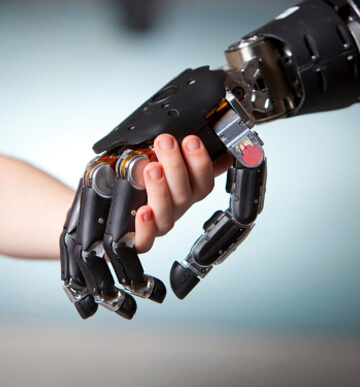P&O Tools & Equipment
P&O Tools & Equipment
Prosthetic and orthotic lab technologies rely on a range of specialized machines and tools to create custom devices tailored to individual needs. CNC milling machines are utilized for precision shaping of materials like carbon fiber and metals, ensuring the production of prosthetic and orthotic components with exact specifications.
In the orthotic realm, computer-aided design (CAD) software plays a pivotal role, enabling orthotists to design braces and supports that conform precisely to a patient’s anatomy. CNC routers are employed to cut materials such as plastics and composites, facilitating the creation of lightweight yet durable orthotic components.
3D printing technology has revolutionized both prosthetics and orthotics, allowing for the fabrication of intricate and patient-specific structures. This technology enhances the customization of devices while optimizing their biomechanical functionality.
Laser scanning systems assist in capturing detailed anatomical measurements, contributing to the development of precise molds for both prosthetic sockets and orthotic braces. Vacuum forming machines are employed to shape thermoplastic materials, ensuring a comfortable and supportive fit for orthotic devices.
Hand tools like band saws, drills, and shaping instruments remain essential for the manual refinement of prosthetic and orthotic devices, allowing practitioners to fine-tune and adjust components based on individual patient requirements.
Overall, the integration of advanced machinery and tools in prosthetic and orthotic labs enhances the accuracy, efficiency, and customization capabilities of these crucial devices, contributing to improved mobility and quality of life for individuals with limb differences or orthopedic conditions.






















